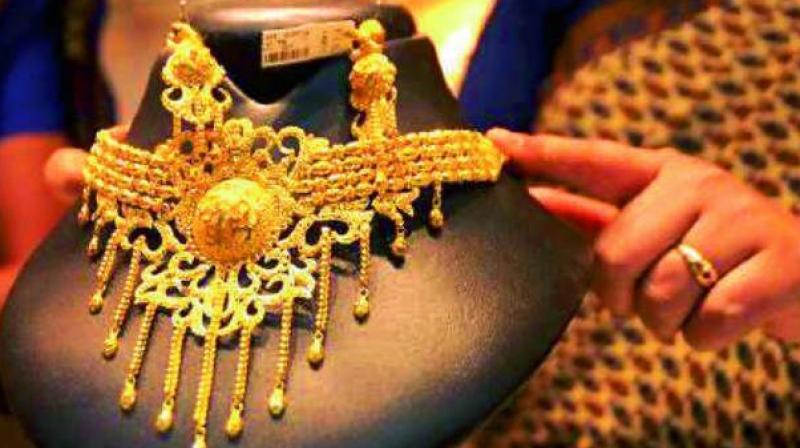Gold jewellery limits: What's the rationale?

The government and the income-tax department have done well to clarify that there will be no seizure of gold jewellery and ornaments totalling 500 gm for a married woman, 250 gm for an unmarried one and 100 gm for a man, even if prima facie it doesn’t seem to match the income record of the assessee. This declaration is nothing new, the difference is that earlier it was an oral order, now it’s been put in writing. The earlier directive was issued by the Central Board of Direct Taxes in 1994. The clarification was needed as there was a lot of confusion and fear of reprisals if a person felt her possession of gold or gold jewellery was beyond specified limits. One could have gold beyond this specified limit as long as it could be accounted for.
This decision to virtually ration gold is a bit puzzling, and the rationale behind allowing a married woman to have double of what a single woman could is hard to fathom. On what basis were the 500 gm and 250 gm limits fixed, and was it a male or female officer who took this call? It might seem logical that a single woman should have more gold to fall back on as she has to fend for herself. Was the rationale that a married woman should have more as she would get this for her wedding?
But the government was right to realise the importance of gold in the lives of most Indians. Gold historically is in the DNA of Indians — people are known to beg and borrow to buy gold in tolas, specially for daughters’ marriages. Mothers save gold for daughters and future daughters-in-law. It is incredible what sacrifices people are ready to make to own or buy gold. India is known to have the largest hoard of gold, second only to China, and most of this is in India’s villages. Gold is a also a hedge against adversity, that is vitally necessary as there is no security net for most people in India. Gold is the safest bet for those who have to fend for themselves; unlike, say, in the US, where people attach less importance to gold as there is social security for every citizen, and gold jewellery is primarily an accessory. Gold is also a safe haven in times of currency turmoil, particularly for those susceptible to currency volatility.
More recently, after Prime Minister Narendra Modi’s demonetisation of Rs 1,000 and Rs 500 notes at 8 pm on November 8, people with large amounts of unaccounted money rushed to jewellers to buy all the gold they could. Jewellers had to keep their establishments open till midnight to accommodate the emergency situation that had arisen for this group of people.

